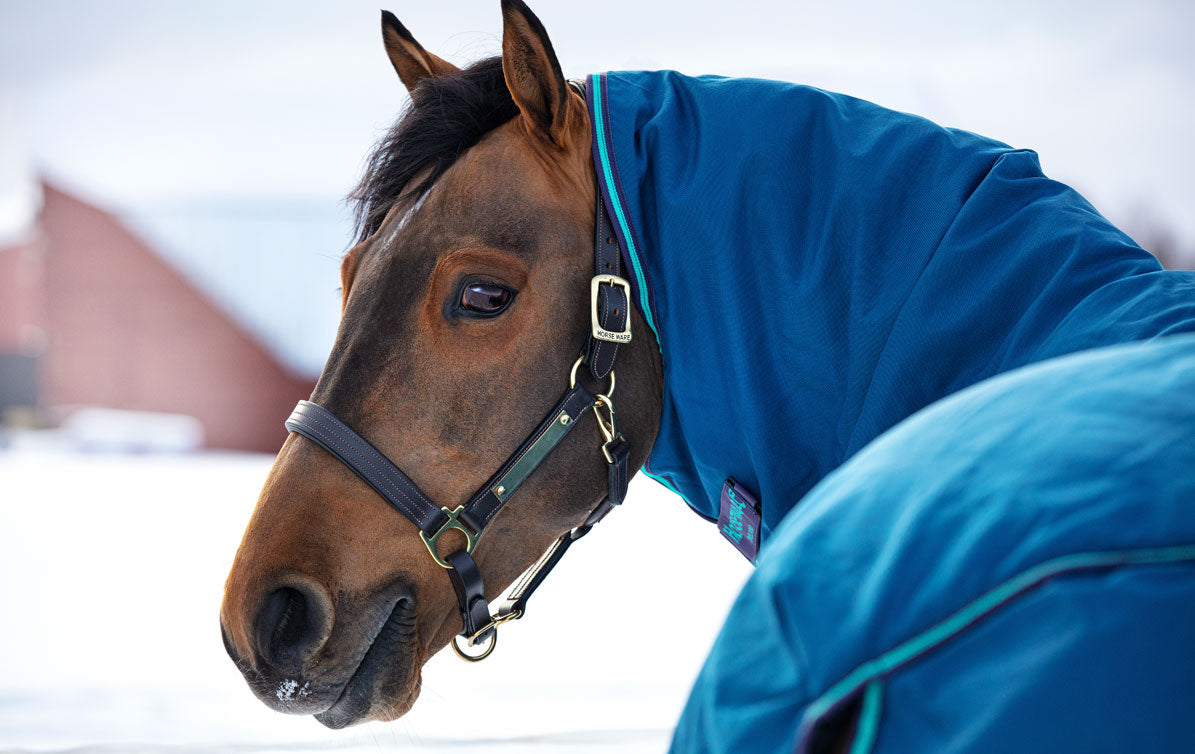
How to Tell If a Horse is Lame? An Exclusive and Unmissable Guide
Share
As a health-conscious pet owner, knowing how to tell if a horse is lame is vital for your equine's wellbeing. Lameness in horses can manifest in various ways, and early detection is critical. So, lets discuss the remarkable indicators and signs you can observe.
When you notice your horse behaving differently, whether its an altered gait or hesitance to move, your concern is valid. Lameness can impact your horse's quality of life, making it essential to recognize the symptoms quickly. Understanding the factors that contribute to lameness is the first step in maintaining their health.

The Importance of Early Detection
Recognizing lameness early can save your horse from a painful experience. It is life-changing to identify the signs promptly. Horses, being prey animals, might not show pain as explicitly as one would expect. Thus, maintaining an observant eye can be extremely beneficial.
Common Signs of Lameness
When assessing how to tell if a horse is lame, look for the following indicators:
- Hesitant Movement: A horse that is reluctant to move or puts less weight on one leg may be experiencing discomfort.
- Changes in Gait: Abnormal movement patterns, such as limping, should be closely monitored.
- Swelling: Inspect for any physical abnormalities like swelling around joints or the lower leg.
- Behavioral Changes: If your horse seems irritable or nervous when being handled, it could be in pain.
Assessing Your Horse's Gait
The next step is to perform a thorough evaluation of your horse's gait. Watch how it walks or trots in a straight line. This is often the most illuminating moment when assessing lameness. Any irregularities in the stride may indicate discomfort or pain. Pay attention to:
- Symmetry: A horse should maintain a balanced rhythm when in motion.
- Footfalls: Look for uneven footfalls or a horse that does not drive with its hindquarters.
Examination of the Hoof
Understanding hoof health is crucial, as many issues arise here. To assist you in this inspection, consider reviewing resources like hoof abscesses that outline common hoof ailments.
Other Contributing Factors to Lameness
Factors affecting lameness can vary widelyfrom injuries to arthritis or even hoof-related problems. Make sure to look for:
- Overuse: Excessive trotting or jumping can lead to lameness.
- Improper Shoes: Ill-fitting horseshoes can impact your horse's comfort.
When to Call the Veterinarian
If your observations raise concerns regarding your horse's lameness, do not hesitate to contact a veterinarian. They can provide a more accurate diagnosis and recommend treatment options. Its vital to act swiftly to minimize any long-term damage.
Additional Resources
For those wondering about various aspects of horse care alongside lameness, dont miss our other helpful guides on mounting a horse, horse training, and more. Comprehensive knowledge can ensure a happy, healthy working relationship with your horse.

Final Thoughts
Learning how to tell if a horse is lame requires keen observation and understanding of your horses behavior. Pay attention to their movement, hoof health, and any unusual changes in behavior.
FAQs
- What are the initial signs of lameness in a horse? Look for changes in gait, hesitance to move, and behavioral changes.
- Should I call a vet if I suspect lameness? Yes, swift veterinary intervention is crucial.
- How often should I check my horse for lameness? Regular checks after riding or hard work are advisable.
As an Amazon Associate, I earn from qualifying purchases.
